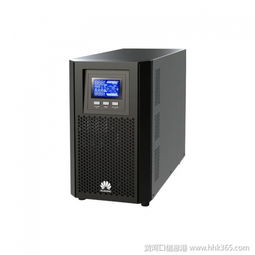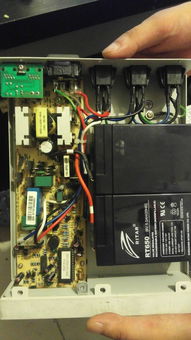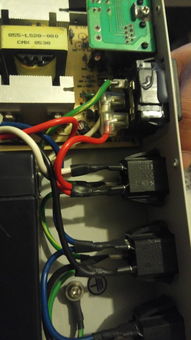Understanding UPS: The Essential Guide

UPS, or Uninterruptible Power Supply, is a crucial component in ensuring the stability and reliability of power supply in various settings. Whether it’s for personal use, commercial purposes, or industrial applications, understanding the ins and outs of UPS systems is vital. Let’s delve into the details of UPS technology, its applications, and the factors to consider when choosing the right UPS for your needs.
What is a UPS?

A UPS is an electrical apparatus that provides emergency power to a load when the input power source or main power fails. It serves as a bridge between the main power source and the connected equipment, ensuring uninterrupted power supply. The primary purpose of a UPS is to protect sensitive electronic devices from power fluctuations, surges, and outages.
How Does a UPS Work?

A UPS system typically consists of several key components, including a battery, an inverter, a charger, and a static switch. Here’s a brief overview of how a UPS works:
| Component | Description |
|---|---|
| Battery | Stores electrical energy and provides power during outages. |
| Inverter | Converts DC (battery) power to AC (main power) power. |
| Charger | Recharges the battery when the main power is available. |
| Static Switch | Switches between the main power source and the battery seamlessly. |
Types of UPS Systems
UPS systems come in various types, each with its own advantages and applications:
- Offline UPS: This type of UPS remains connected to the main power source and switches to battery power only when a power outage occurs. It provides basic protection against power fluctuations and outages.
- Online UPS: An online UPS continuously converts AC power from the main source to DC power, which is then converted back to AC power for the connected devices. This type of UPS offers the highest level of protection against power issues.
- Line-interactive UPS: This type of UPS provides some level of protection against power fluctuations and outages, similar to an offline UPS, but with additional features like voltage regulation.
Applications of UPS Systems
UPS systems are widely used in various industries and settings, including:
- Business and Commercial: Protecting critical business operations, such as servers, networking equipment, and data centers.
- Healthcare: Ensuring the continuous operation of medical equipment, such as MRI machines, ventilators, and patient monitors.
- Industrial: Protecting industrial processes and equipment from power disruptions, which can lead to costly downtime.
- Residential: Providing backup power for home appliances, such as refrigerators, freezers, and medical devices.
Choosing the Right UPS
Selecting the right UPS for your needs involves considering several factors:
- Power Requirements: Determine the power requirements of the devices you want to protect. This includes the total power consumption and the surge power requirements.
- Load Type: Different devices have different power requirements. For example, servers and networking equipment may require a different UPS than home appliances.
- Runtime: Consider the runtime you need during an outage. This depends on the size of the battery and the power consumption of the connected devices.
- Features: Look for features like surge protection, voltage regulation, and connectivity options, such as USB or network ports.
Conclusion
UPS systems play a vital role in ensuring the stability and reliability of power supply in various settings. By understanding the basics of UPS technology, its applications, and the factors to consider when choosing the right UPS, you can make an informed decision and protect your valuable equipment from power issues.



